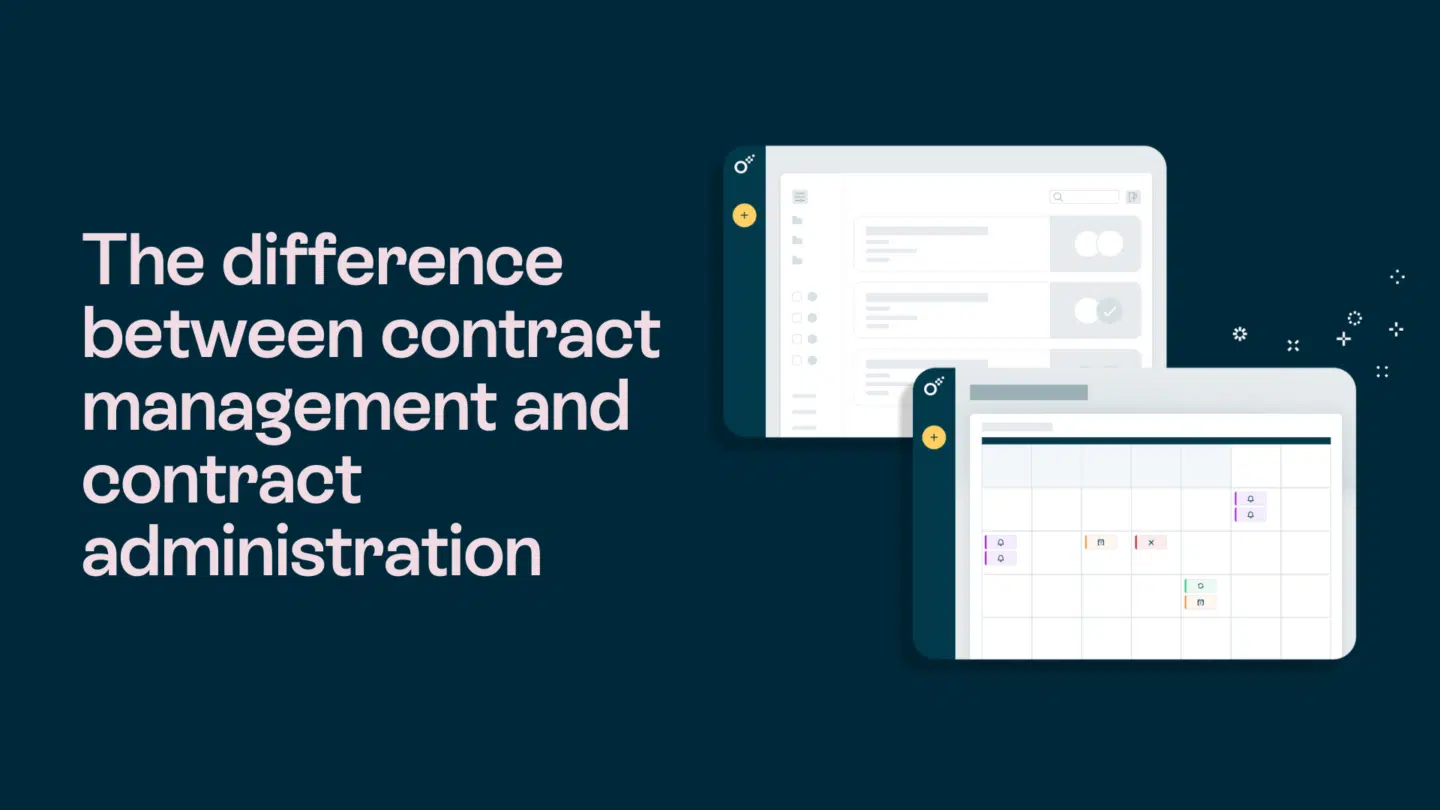Operations leaders are key in shaping go-to-market (GTM) strategies. However, disparate contract management tools and contract systems have led to fragmented data, increased operational costs, inefficient cross-team collaboration, and hindered decision-making due to a lack of a single source of truth. By reimagining contract management, operations leaders can transform these challenges into opportunities for enhanced efficiency and growth.

The hidden costs of fragmented contract management systems
Utilizing multiple, unintegrated contract management tools can have several adverse effects:
- Increased operational costs: Maintaining various systems often results in higher licensing fees, redundant functionalities, and additional training expenses. A McKinsey study found that companies were paying 30–50 percent more than necessary for contracted services due to inefficient contractor management practices.
- Inefficient cross-team collaboration: When departments such as sales, legal, and finance operate on different platforms, it creates silos, leading to miscommunication and delays in contract approvals. Collaborative contracting models have demonstrated a 15 to 20 percent improvement in cost and schedule performance by fostering integrated project delivery.
- Hindered decision-making due to lack of a single source of truth: Fragmented data across various tools hampers real-time visibility into contract statuses, making it challenging for operations leaders to make informed decisions promptly. McKinsey emphasizes the importance of a comprehensive approach to contracting, noting that suboptimal contract terms and lack of effective management can erode value equal to 9 percent of annual revenues.
Read also: What is contract management? A complete guide
The strategic role of operations leaders in GTM success
Operations leaders are uniquely positioned to drive GTM success by:
- Establishing a unified contract management system: By consolidating contract data into a single, integrated platform, operations leaders can reduce redundancies and operational expenses, allowing resources to be allocated more effectively toward growth initiatives.
- Enhancing cross-functional collaboration: A centralized system fosters seamless communication among departments, ensuring all teams are aligned and working towards common objectives.
- Facilitating data-driven decision-making: Centralized contract data provides operations leaders with actionable insights, enabling informed decisions that drive business performance.

Transforming contract management into a strategic asset
To address the challenges posed by disparate tools, operations leaders should consider the following steps:
- Assess current systems: Conduct a comprehensive evaluation of existing contract management tools to identify redundancies and inefficiencies.
- Implement integrated solutions: Adopt a unified contract lifecycle management (CLM) platform that centralizes all contract-related activities, facilitating seamless collaboration across departments. This integration ensures that all stakeholders have access to the same information, reducing errors and delays.
- Automate routine processes: Leverage automation to handle repetitive tasks such as contract generation, approvals, and renewals, thereby reducing manual errors and freeing up valuable time. Automation streamlines workflows, allowing teams to focus on strategic activities.
- Enhance data visibility: Ensure that the CLM system provides real-time analytics and reporting capabilities, enabling operations leaders to monitor contract performance and make data-driven decisions. Improved visibility into contract data allows for proactive management and swift response to emerging issues.
- Promote cross-functional training: Encourage training programs that familiarize all relevant teams with the integrated CLM system, fostering a culture of collaboration and shared responsibility. Cross-functional training ensures that all departments are aligned and can effectively utilize the new system.
Final thoughts
By rethinking contract management and addressing the pitfalls of disparate tools, operations leaders can significantly reduce operational costs, enhance cross-team efficiency, and accelerate decision-making. This strategic approach not only streamlines internal processes but also strengthens the organization’s overall GTM effectiveness, positioning the company for sustained success in a competitive marketplace.
For more insights on optimizing contract management within operations, consider exploring solutions like Oneflow: https://oneflow.com/solutions/it-ops/.








